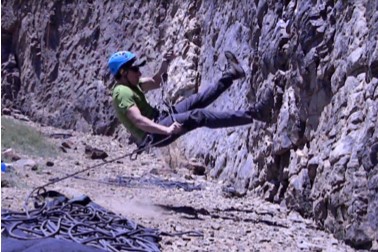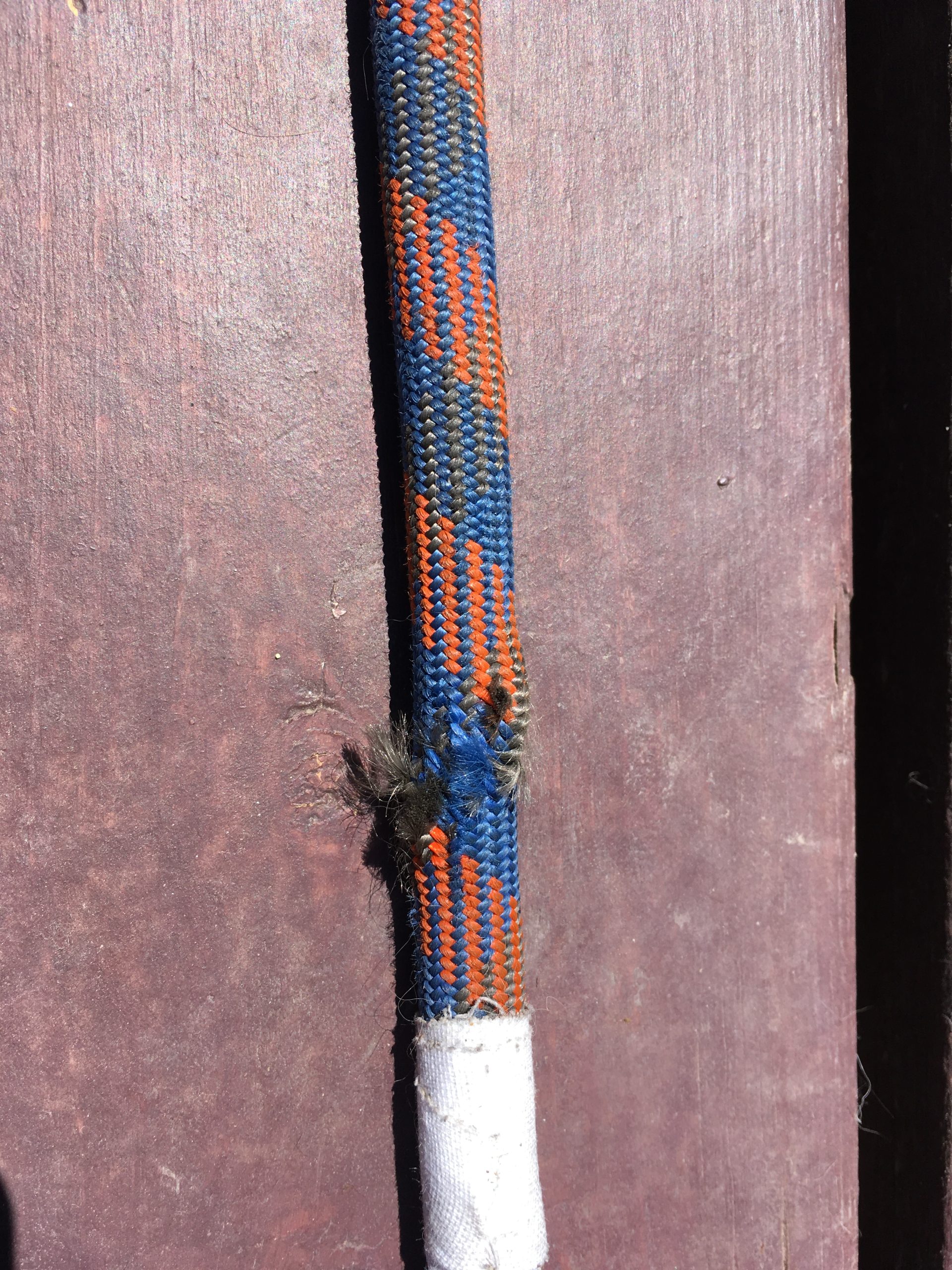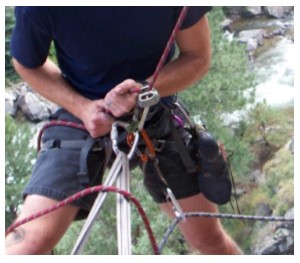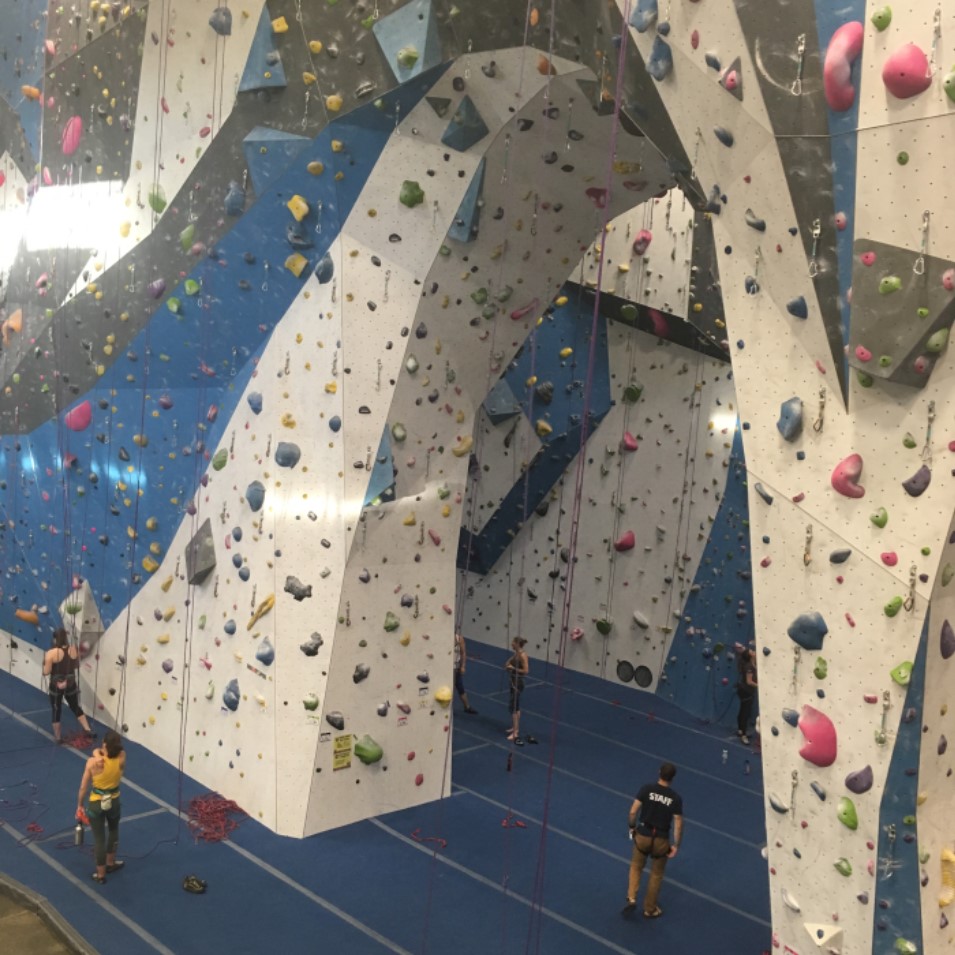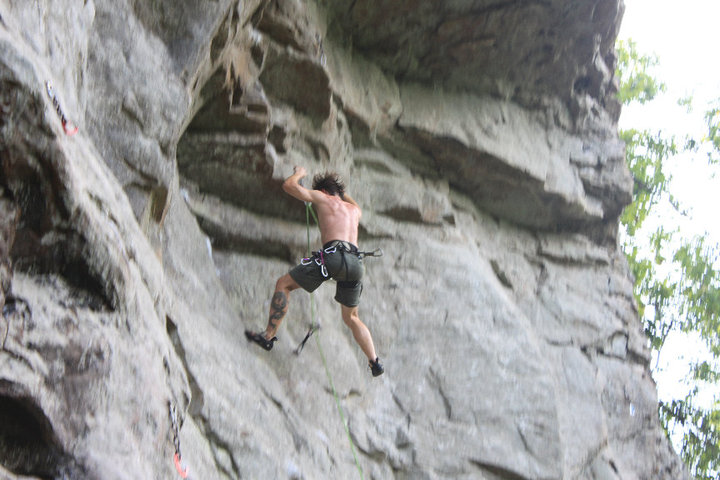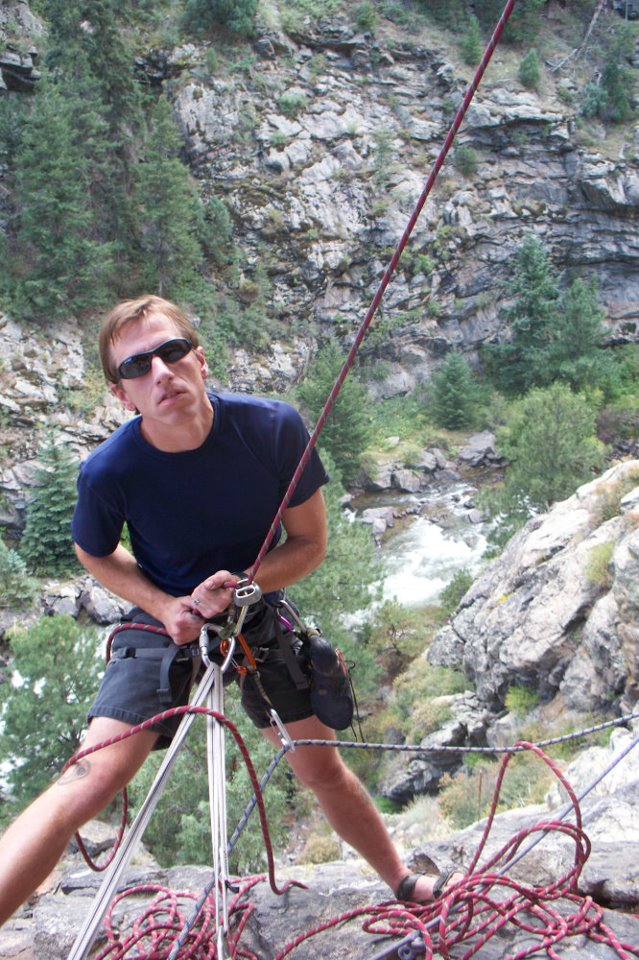Rock Climbing and Indoor Climbing Gym Accident Investigation
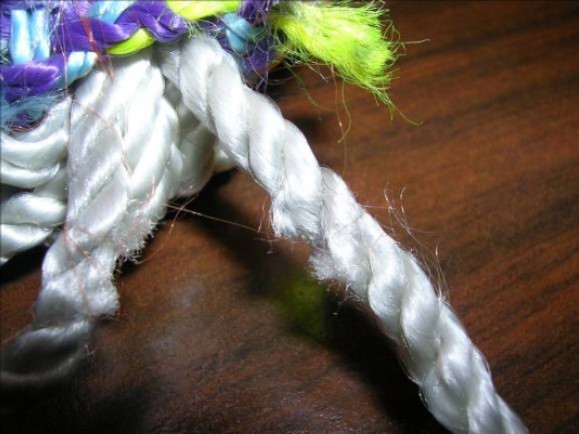
Rock climbing is an inherently dangerous activity, where any operator error can result in serious injury or death. MASE partner John L. Ryan has extensive experience with rock climbing gear, and can determine if an accident was the result of premature gear failure, user error, or some other environmental variable. Climbing involves a culture of risk, and climbers should be aware of the perpetual risk that they are under, work to mitigate hazards to ensure the safest possible situation, while accepting that mistakes will be made at some point in most climber's careers, sometimes resulting in serious injury or death. The human factor is the single most undependable, chaotic, and uncertain variable in climbing accidents. Most climbing gear manufacturers have strict quality control procedures that ensure the integrity of their products and the safety of the end user. There are times when climbing gear does fail catastrophically, and this can result in serious injury or death. Soft goods like webbing and harnesses are susceptible to environmental effects, aging, and damage from chemicals. These can weaken webbing and ropes to the point of failure. Failure of rock climbing protection may occur during hard leader falls. Although a design or material flaw could be the cause, climbing protection has limitations, and is highly dependent upon placement and direction of pull. Failure of carabiners and belay devices is not common, but can occur. There are frequent reports of belayers dropping climbers using assisted belay devices such as the Petzl GriGri and the Trango Cinch. We have investigated the failure modes of these devices, and performed live testing to substantiate our findings. There are multiple failure modes due to human error. If you have a client being sued due to your client dropping a climber, give us a call today - we can help determine if the belayer was fault. If you have a client who was injured due to being dropped, give us a call so we can help you determine if the belayer made a mistake such as loading the device incorrectly, not holding the brake strand of the rope, or due to the belayer gripping the climber side of the rope as the climber falls. We can determine if there is a design error or manufacturing flaw, or a material inconsistency - while uncommon, this does happen. Our mechanical engineers can analyze the accident, inspect available equipment from the incident, and determine the failure mode that led to the injury of the rock climber. Compliance with manufacturer design can be determined with destructive and nondestructive strength/fatigue testing, hardness testing, and if necessary, electron microscopy to determine composition and mode of failure.
Climbing gyms have become a popular activity both for climbers training for outdoor climbing, and as an end to itself. Climbers can become complacent in gym environments due to the relative feeling of safety compared to outdoor climbing, having padded floors, as well as the culture of risk that is part of the sport. Climbing gyms are loud and crowded, which can result in communication difficulties between a belayer and the climber, distraction, and inattention. Auto belay devices have made climbing convenient to solo climbers, allowing them the ability to ascend climbing walls without an active person belaying them. These auto belay devices retract as the climber ascends, and catch the climber when the climber has reached the top, or falls off earlier in the climb, and lowers them at a slow pace to the ground. These should be inspected per manufacturer's recommendations to ensure proper function, as rarely these devices have failed. The more frequent problem with auto belay devices is that the climber simply forgets to clip into the device, as shocking as this may seem to non-climbers. Climbers doing many laps in a gym, at times zoning out to their music with headphones, have often forget to clip into the auto-belay device and assumed they were clipped in and safe.
